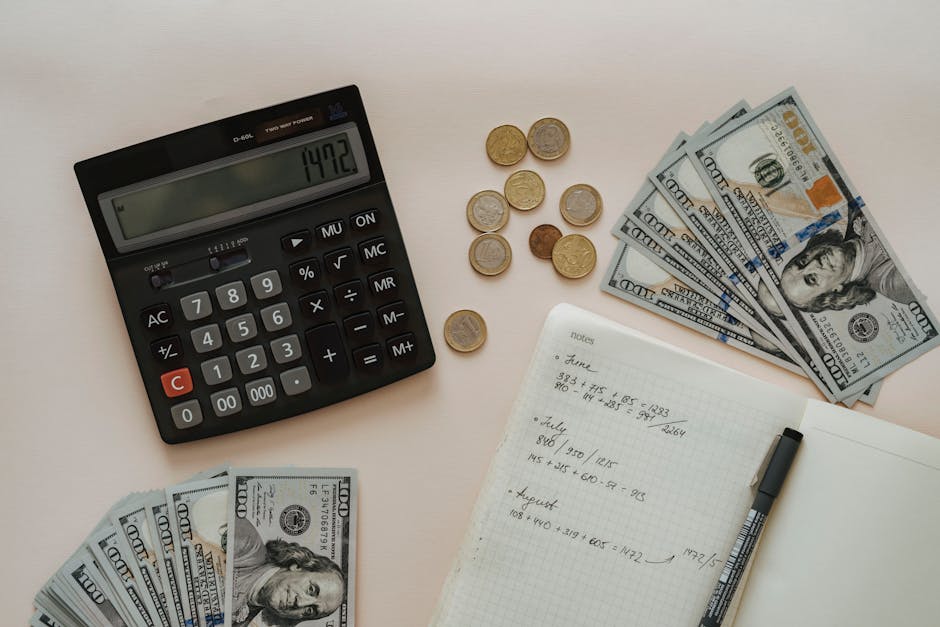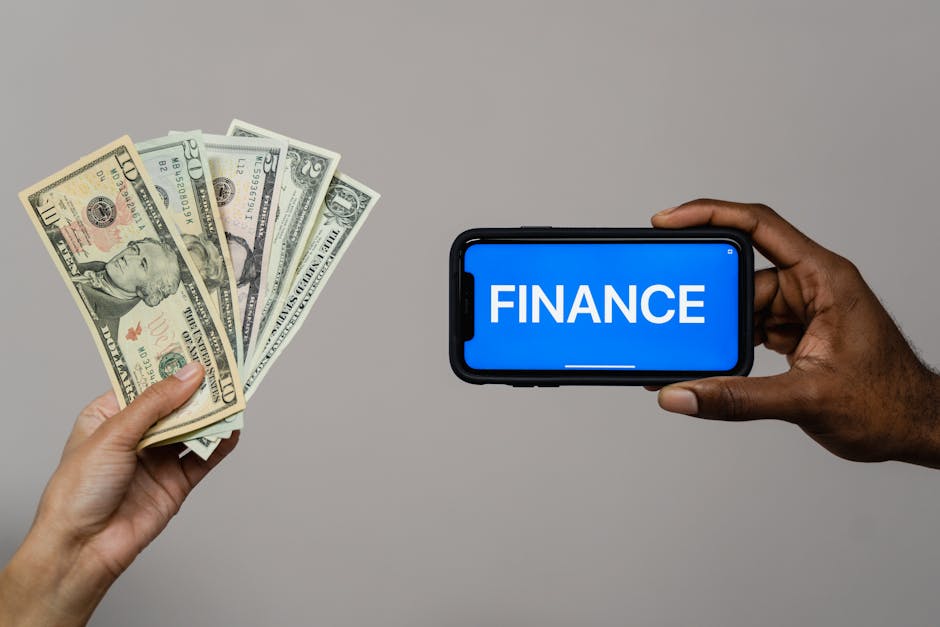Emergency Fund Size: 6 Smart Strategies to Calculate and Build Your Financial Buffer in 2025
In today’s unpredictable economy, knowing your emergency fund size is crucial for financial stability. Whether facing job loss, medical bills, or unexpected repairs, a well-calculated emergency fund acts as your safety net. This guide explores how to use an emergency fund calculator to tailor your savings goal to your unique situation. By the end, you’ll have the tools to build a robust buffer that protects your future.
Table of Contents
Why Emergency Fund Size Matters in 2025
The concept of an emergency fund has evolved with economic shifts. In 2025, inflation and market volatility make precise calculation more important than ever. A standard recommendation is three to six months of living expenses, but this varies by individual circumstances.
Financial experts emphasize that an adequate emergency fund size prevents reliance on high-interest debt during crises. For instance, without it, a sudden car breakdown could lead to credit card debt at 20% APR. Building this fund starts with understanding your baseline needs.
Recent surveys show that only 40% of Americans have enough saved for three months of expenses. This gap highlights the urgency of personalized planning. Your emergency fund size should reflect your risk tolerance and lifestyle.
In volatile times, like potential recessions, a larger fund provides peace of mind. It allows you to focus on solutions rather than panic. Integrating this into your overall financial plan is key to long-term security.

Key Factors Influencing Your Emergency Fund Size
Several elements determine the right emergency fund size for you. Start with your monthly expenses, including rent, groceries, and utilities. Multiply this by the number of months you want to cover, typically 3-6 for most people.
Job stability plays a big role. If you work in a high-risk industry like tech or retail, aim for 6-12 months. Freelancers or gig workers might need even more due to income fluctuations.
Family obligations factor in too. Single individuals may need less than parents with dependents. Health issues or high medical costs could push your target higher.
Consider your debt load. High-interest debts might require prioritizing payoff over saving, but a minimal fund is still essential. Balancing saving vs investing in 2025 is crucial here; link your strategy to broader goals.
Inflation erodes purchasing power, so adjust annually. In 2025, with rates around 3%, your fund must grow to maintain value. Liquid assets like high-yield savings accounts are ideal for accessibility.
Risk tolerance varies. Conservative savers prefer larger buffers, while aggressive investors might opt for less, relying on portfolios. Assess yours through simple quizzes or advisor consultations.
Assessing Monthly Expenses Accurately
Track spending for at least three months to get a realistic figure. Include discretionary items like dining out, as emergencies don’t discriminate. Tools like budgeting apps simplify this process.
Don’t forget irregular costs, such as insurance premiums or car maintenance. These can surprise you if unaccounted for. A thorough audit ensures your emergency fund size is comprehensive.
Evaluating Job and Income Risks
Review your employment history. Long-term roles suggest lower needs, while short stints indicate higher. Side hustles can buffer main income instability.
For dual-income households, calculate based on a single earner’s salary. This conservative approach protects against one partner’s job loss. Diversify income sources to reduce overall risk.
How to Use an Emergency Fund Calculator Step-by-Step
An emergency fund calculator simplifies determining your ideal size. Online tools from banks or financial sites input your data for instant results. Begin by gathering your expense totals.
Step one: Enter monthly living expenses. Be detailed—include everything from housing to subscriptions. This forms the foundation of your calculation.
Step two: Select coverage months based on factors discussed. Use sliders for 3, 6, or 12 months to see variations. Visual outputs help grasp the impact.
Step three: Factor in income stability. Some calculators adjust for job risk multipliers. This personalization makes the tool invaluable.
Advanced options include inflation adjustments. For 2025, input current rates to project future needs. Compare scenarios to find your sweet spot.
Finally, set savings goals within the calculator. It often links to automation features for consistent contributions. Regularly revisit to refine your emergency fund size.
Free calculators abound, but verify sources for accuracy. According to the Consumer Financial Protection Bureau, these tools empower better decision-making.

Choosing the Right Online Calculator
Look for user-friendly interfaces with mobile compatibility. Reputable sites like NerdWallet or Bankrate offer reliable versions. Avoid those requiring excessive personal data.
Test multiple calculators for consistency. Discrepancies highlight the need for manual verification. Your emergency fund size should align across tools.
Interpreting Calculator Results
Results provide a target amount, say $15,000 for average expenses. Break it down into monthly savings needed. If it’s daunting, start small and scale up.
Consider tax implications if investing part of the fund. Keep most in low-risk, accessible accounts. This balance optimizes your emergency fund size without sacrificing liquidity.
Common Mistakes in Calculating Emergency Fund Size
Underestimating expenses is a top error. People often forget variable costs, leading to insufficient funds. Track diligently to avoid this pitfall.
Over-relying on credit cards as a backup is dangerous. High fees erode savings elsewhere. A proper emergency fund size eliminates this temptation.
Ignoring inflation adjustments leaves your fund outdated. In 2025, rising costs demand annual reviews. Stagnant savings lose real value over time.
Not accounting for dependents skews calculations. Families need more than singles. Factor in education or childcare for accuracy.
Dipping into the fund for non-emergencies depletes it quickly. Define ’emergency’ clearly—routine purchases don’t qualify. Rebuild promptly after use.
For those in debt, neglecting payoff strategies compounds issues. Explore how to pay off credit card debt fast alongside building your fund. Balance is essential.
Assuming employer benefits cover all gaps is risky. Health insurance deductibles can be thousands. Your emergency fund size must bridge these.
Avoiding Over-Saving Traps
While more is better, excessive saving ties up money. Invest surplus beyond 6-12 months. This grows wealth without sacrificing security.
Compare to Emergency Fund 2025: 7 Essential Steps to Build Financial Security for tailored advice. Integration prevents common errors.
Strategies to Build and Maintain Your Emergency Fund
Start with automating transfers to a high-yield savings account. Even $50 weekly adds up via compound interest. Consistency trumps large lump sums.
Cut non-essential spending to boost contributions. Review subscriptions and dining habits. Redirect savings directly to your fund.
Leverage windfalls like tax refunds or bonuses. Allocate 100% to emergencies until goals met. This accelerates reaching your target size.
Choose accounts with competitive APYs. In 2025, rates hover at 4-5% for top options. FDIC insurance ensures safety up to $250,000.
Reassess quarterly. Life changes like marriage or job switches alter needs. Adjust your emergency fund size accordingly.
For motivation, track progress visually. Apps show growth charts, reinforcing habits. Celebrate milestones without spending the fund.
Integrate with broader planning. Link to Saving vs Investing in 2025 — Which Gives Better Returns? for optimal allocation. This holistic approach maximizes benefits.

High-Yield Options for Growth
Money market accounts offer liquidity and yields. Compare rates annually. This keeps your emergency fund size effective against inflation.
Avoid stocks for this fund—volatility risks access. Stick to cash equivalents. Preservation over growth is the priority.
Long-Term Maintenance Tips
Once built, replenish after any withdrawal. Set alerts for low balances. This sustains your emergency fund size indefinitely.
Incorporate into family discussions. Shared goals strengthen commitment. Financial literacy for all ensures collective success.
Consult professionals if complex. Advisors refine calculations based on full finances. Your emergency fund size then truly safeguards dreams.




